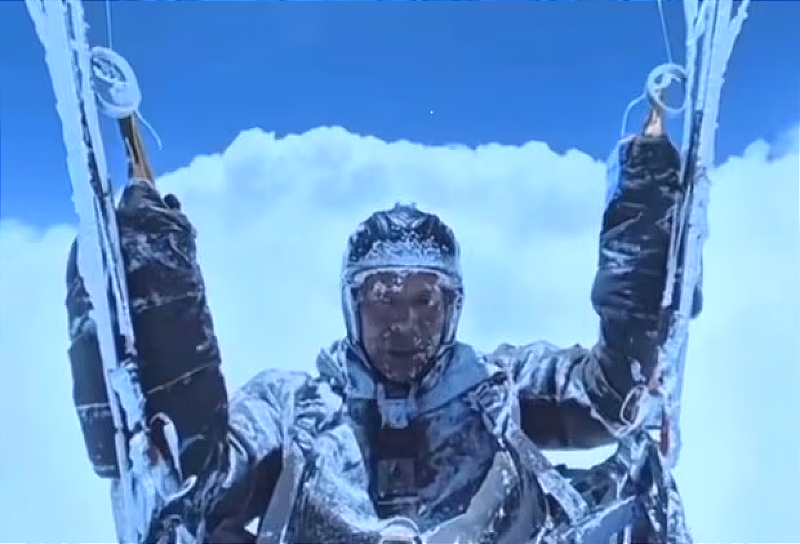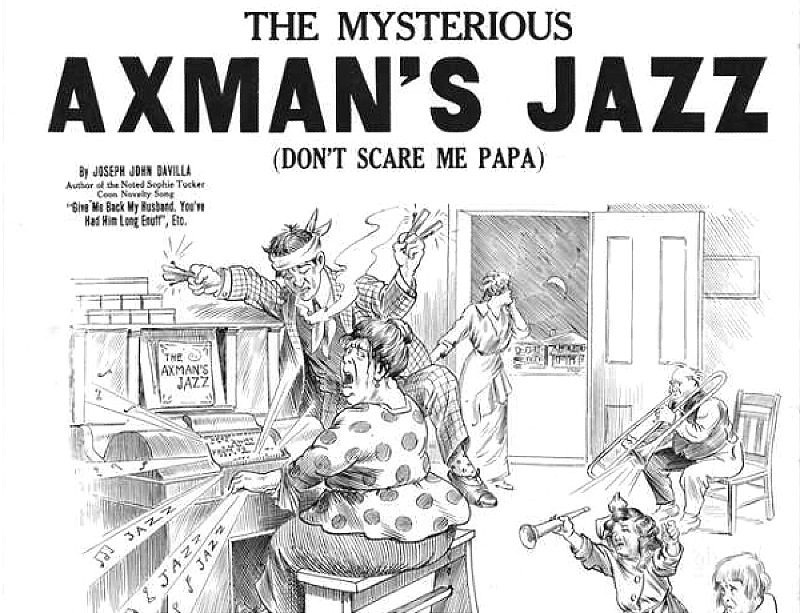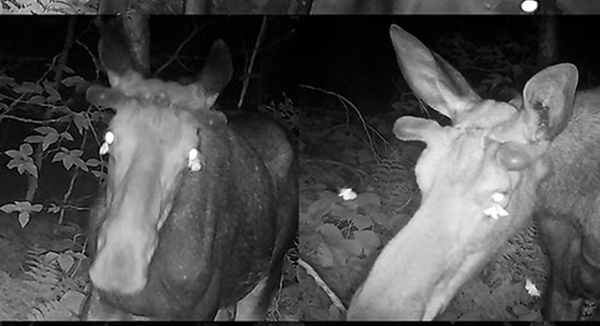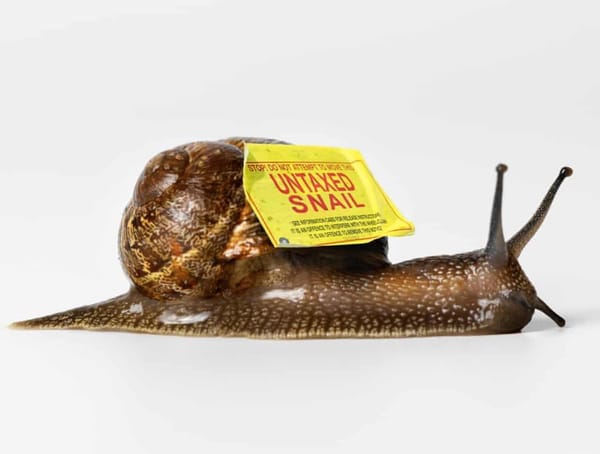Chinese paraglider survives accidental flight to 28,000 feet

From The Guardian: "A Chinese paraglider who was accidentally propelled more than 8,000 metres high by an updraft has been banned from the activity for six months after a video of his ordeal went viral. Peng Yujiang began from an elevation of about 3,000m in the Qilian mountain range in northern China, where he intended to test a new second-hand equipment purchase without making a proper flight, according to an investigative report by the Gansu Provincial Aviation Sports Association. However about 20 minutes into his practice he was caught in a strong updraft, which sent him soaring more than 5,000m higher, in line with flight paths and nearly the height of Mount Everest. Video from Peng’s mounted camera showed him above the clouds and covered in icicles as the temperature dropped to a reported -35C, as he tried to control his equipment."
The hats that Smurfs wear are connected to freed slaves and ancient Rome

From Pipeline Comics: "The hat that Smurfs wear, with a peak that is slumped over, isI called a Phrygian cap, and this style of headgear is over 2000 years old. Phrygis, in case your curious, is the name of an ancient group of people who lived in the Balkans region of eastern Europe — Greece, Turkey, Romania, etc. Their language and culture went extinct by the 5th century AD. Near the end, the Romans thought of them as being lazy and dull. The hat was adopted during the French Revolution as “the red cap of liberty” by the revolutionaries. And while the artist Peyo — creator of the Smurfs — was Belgian, he was working with French publishers, so drawing inspiration from a French symbol isn’t too crazy. The thing that Peyo maybe didn’t realize and the French revolutionaries definitely didn’t realize, though, is that it’s the wrong hat."
The CIA staged a fake vampire attack in the Philippines in the 1950s

From Mental Floss: "The insurgents gathered around the body. On the ground lay one of their men, dead and ghostly white. They expected to find bullet wounds. Instead, closer inspection revealed he had two small puncture marks in his neck. In the night, something had taken him, sunk its pointed teeth in, and drained him of every ounce of his blood. Their thoughts turned to the aswang, a vampire-like entity that had persisted in folklore for centuries. And then another fear began brewing: It would likely return for others. The truth was far more pragmatic, but no less horrifying. It was the early 1950s, and insurgents known as the Hukbalahap were a concerning presence for U.S. intelligence, so the CIA would utilize a new frontier in psychological warfare: bloodsuckers."
Hi everyone! Mathew Ingram here. I am able to continue writing this newsletter in part because of your financial help and support, which you can do either through my Patreon or by upgrading your subscription to a monthly contribution. I enjoy gathering all of these links and sharing them with you, but it does take time, and your support makes it possible for me to do that. I also write a weekly newsletter of technology analysis called The Torment Nexus.
New Orleans partied all night in 1919 because they were afraid of an axe murderer

From Country Roads: "Late into the night of March 18, 1919 and early the morning after, jazz floated into the damp, dark air from homes and bars across New Orleans and its suburbs. Normally such an outpouring of music is, and was, a product of celebration—but on this particular spring night, the sound signaled something much more sinister. New Orleanians were playing jazz music out of fear for their very lives. This collective anxiety was the result of a string of brutal attacks by a mysterious killer, whose spree of terror had escalated considerably. The attacker had established a pattern of sneaking into his victims’ bedrooms, under the cover of darkness, and bludgeoning them in the head with a hatchet or axe (usually found on their own property, or stolen nearby) as they slept. A real-life boogeyman or something worse was lurking in New Orleans."
How did sausages on a bun come to be called hot dogs? It's complicated

From hot-dog.org: "Some say the term hot dog was coined in 1901 at the New York Polo Grounds, with vendors hawking hot dogs shouting "Get your dachshund sausages while they're red hot!" A New York Journal cartoonist, Tad Dorgan, drew a cartoon and unsure how to spell dachshund he simply wrote "hot dog!" However, historians have been unable to find this cartoon, despite Dorgan's enormous body of work and his popularity. Hot dog historian Bruce Kraig says the name probably began as a joke about German immigrant's long, thin dogs. Barry Popick, a prominent hot dog historian and linguist, says the word "hot dog" began appearing in college magazines in the 1890s. Students at Yale referred to the wagons selling hot sausages in buns outside their dorms as "dog wagons," and Kraig says one of the stands was even dubbed "The Kennel Club."
This police officer chose an unusual way of taking down an assailant
Best move I’ve ever seen.pic.twitter.com/h5biojyOri
— Interesting things (@awkwardgoogle) May 28, 2025
Acknowledgements: I find a lot of these links myself, but I also get some from other newsletters that I rely on as "serendipity engines," such as The Morning News from Rosecrans Baldwin and Andrew Womack, Jodi Ettenberg's Curious About Everything, Dan Lewis's Now I Know, Robert Cottrell and Caroline Crampton's The Browser, Clive Thompson's Linkfest, Noah Brier and Colin Nagy's Why Is This Interesting, Maria Popova's The Marginalian, Sheehan Quirke AKA The Cultural Tutor, the Smithsonian magazine, and JSTOR Daily. If you come across something interesting that you think should be included here, please feel free to email me at mathew @ mathewingram dot com



